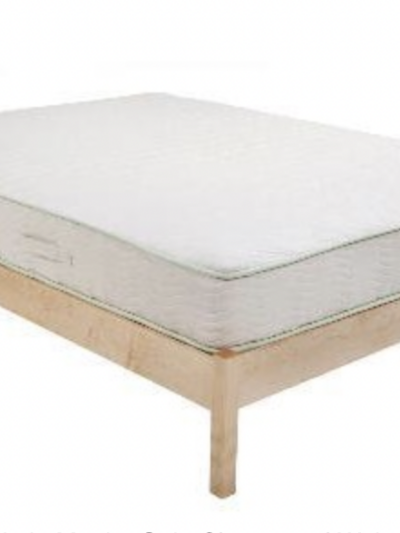Non-Toxic Furniture for the Bedroom, Living Room & Dining Room
This is a look into non-toxic furniture, starting with specialty brands – those are mostly high-quality solid wood options with zero-VOC finishes. Then on to simple and affordable furniture made of non-toxic materials like glass, hard plastic, metal, and seagrass. This post was originally written for those with chemical sensitivity (MCS) as well as those …








